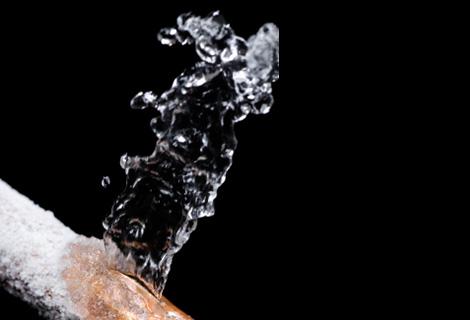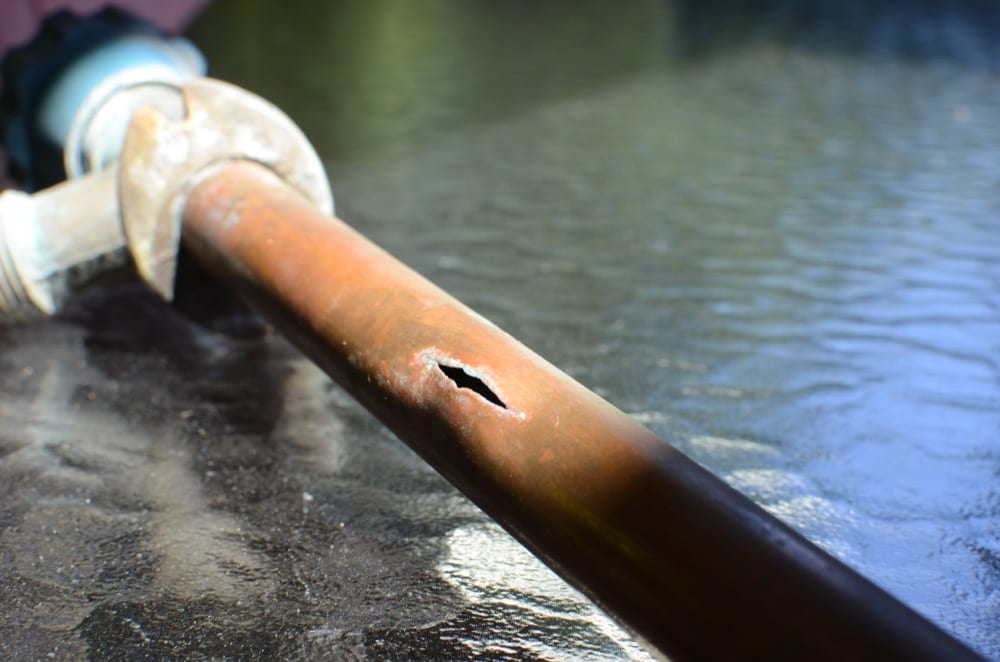They are making a few good points relating to How to Prepare for Your Dishwasher Installation overall in this article underneath.

A ruptured pipeline is a significant emergency; you can only stand as you watch water you pay very much to rejoin with the planet. In even worse situations, you discover a pool on your kitchen flooring, which is a wonderful journey risk, especially if you have children around. If the pipeline that burst remained in your wall surfaces, bad news: you might require to repaint that whole area.
How can a calamity like a burst pipe be protected against as well as managed? Well, by paying attention to your expert emergency plumbers as well as following these rules.
Exactly how do I know when my pipelines have burst?
Changing water pressures
Pipelines do not just burst in a day. You might have noticed that your cooking area tap or shower does not run instantly when you transform the faucet. It might pause for a couple of seconds and after that blast you with even more force than common.
In other circumstances, the water may appear normal in the beginning, then decrease in pressure after a couple of seconds.
Wet wall surfaces and water spots
Prior to a pipe ruptureds, it will leakage, most times. If this consistent dripping goes unnoticed, the leakage might graduate right into a broad tear in your pipe. One simple means to avoid this emergency is to watch out for damp walls ad water discolorations. These water stains will certainly lead you right to the leakage.
Puddles under pipelines and sinks
When a pipe ruptureds, the outflow forms a puddle. It might show up that the puddle is growing in dimension, and no matter how many times you mop the puddle, in a couple of mins, there's an additional one waiting to be cleaned. Frequently, you may not be able to map the pool to any type of noticeable pipes. This is an indication to call a professional plumber.
Untraceable trickling noises
Pipeline bursts can occur in one of the most undesirable areas, like within concrete, inside walls, or under sinks. When the house goes quiet, you might be able to hear an aggravatingly persistent trickling noise. Also after you have actually checked your shower head and cooking area tap, the trickling might continue.
Precious reader, the trickling may be coming from a pipeline inside your walls. There isn't much you can do regarding that, except inform a professional plumber.
Turn off the Water
When water freezes, it increases in volume by about 9 percent. And also it broadens with tremendous pressure: The pressure inside pipelines may go from 40 pounds per square inch to 40,000 psi! No pipeline can hold that much pressure, so it breaks open. The break might take place where the ice types, however more often, it occurs where water pressure discovers a vulnerable point in the pipeline. That might be inches or even feet from the frozen area. Find the water shutoff valve and also switch off the water to prevent more damage. You may likewise need to turn off the electrical energy too, relying on where the leakages takes place and just how huge it is.
Infected water
Many people assume a ruptured pipeline is a one-way outlet. Rather the contrary. As water drains of the hole or wound in your plumbing system, contaminants discover their method.
Your water may be polluted from the source, so if you can, inspect if your water tank has any issues. However, if your alcohol consumption water is provided and also detoxified by the local government, you ought to call your plumber right away if you see or scent anything funny in your water.
What do I do when I identify a burst pipe?
Your water meter will certainly remain to run even while your water wastes. To reduce your losses, locate the main controls and turn the supply off. The water pipe are an above-ground structure beside your building.
How to Fix & Detect a Leaking Pipe
How Do I Know if a Pipe is Leaking?
Leak detection tests can help you determine if your pipe has a leak. Even if you don’t see an apparent leak, you should still conduct leak detection tests regularly to save water and money—and prevent major damage to your home.
Water meter. It can be helpful to figure out what your usual water meter usage numbers are and then monitor them regularly. To monitor your meter, first, turn off all water faucets in your home. Check the meter and write down the numbers. In a few hours, check the meter again. If the numbers have changed, you have a leak. Water gauge. Use a water gauge to test your water pressure. Your showerhead should produce a certain amount of water pressure based on its model and design. If the pressure is lower than it is supposed to be for that specific showerhead, your home likely has a leak. Puddles. Look inside your bathroom, laundry, and kitchen sink cabinets. Puddles around the cabinets or around toilets, tubs, showers, and washing machines indicate the presence of a leaking pipe. You may also notice loose tiles, peeling or flaking paint, or mold caused by water accumulation. Napkin test. Even if you don’t see any puddles, you may still have a leak. You can test for water leaks in the bathroom, laundry, and kitchen by wiping below-sink connections with a napkin, paper towel, or piece of toilet paper. If it becomes damp, you probably have a leaking pipe under the sink. Discolored walls. Walls that are discolored—usually with brown or yellow stains—or bulging might mean that they have been impacted by water damage caused by a leaking pipe. Smell. A leaky pipe will create sitting water, and over time, that water may develop a musty smell. If your home smells musty, but you can’t locate the source, it may be due to a leak. Steps for Fixing a Leaking Pipe
A leaky drain can be remedied by tightening the pipe base, replacing the drain seal, caulking the rim, and tightening the pipe nut. Similarly, a leaking toilet pipe can be treated by tightening the packing nut. You may also need to replace the valve. A leaky faucet may just need tightening or replacement of the washers. If that doesn’t work, consider replacing your faucet. If your pipe has a hole in it, you may want to use a pipe leak sealer or pipe leak tape. This quick fix for water pipe leaks can also temporarily fix a copper pipe leak. https://www.ahs.com/home-matters/quick-tips/how-to-tell-if-pipes-are-leaking/

As a passionate person who reads about What to Know Before Installing a Dishwasher, I figured sharing that article post was a good thing. Do you know someone else who is excited about the subject? Do not hesitate to share it. I love reading our article about What to Know Before Installing a Dishwasher.
Book Your Service